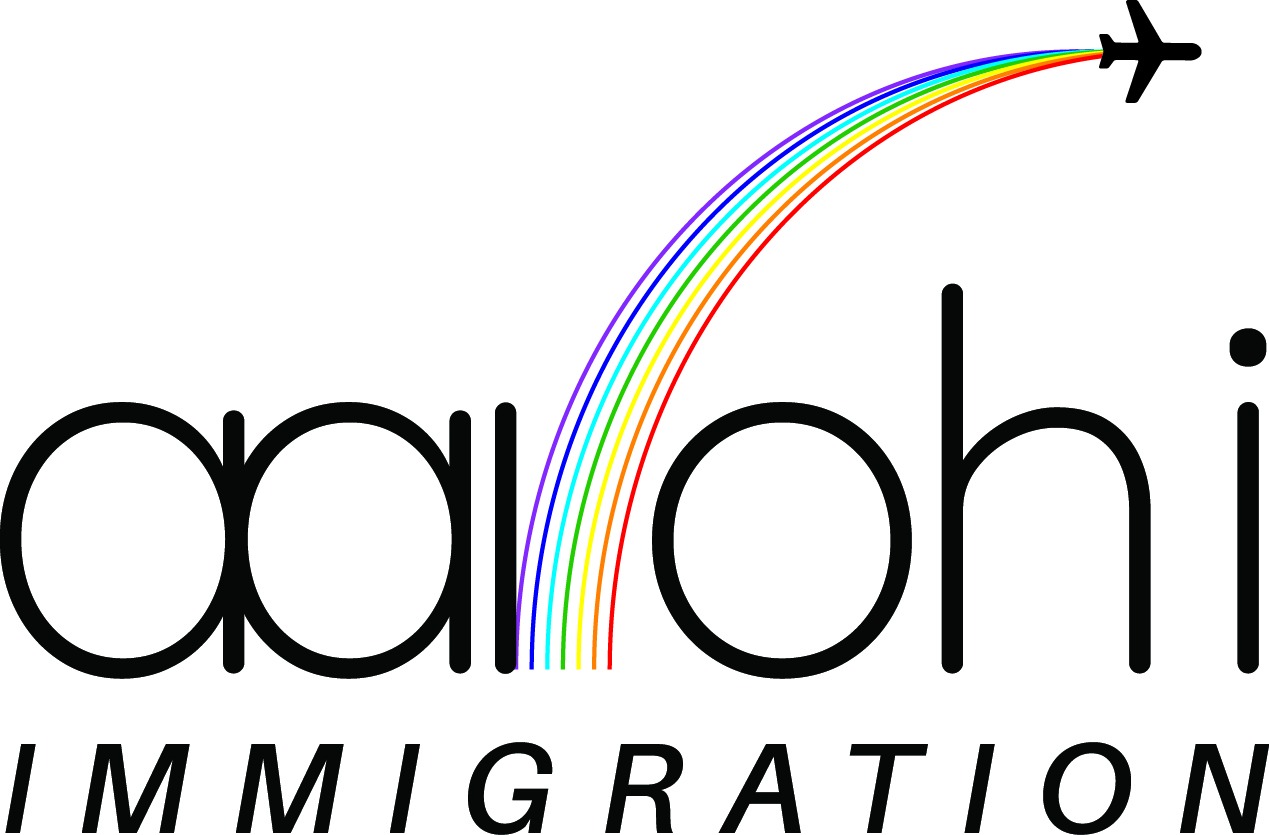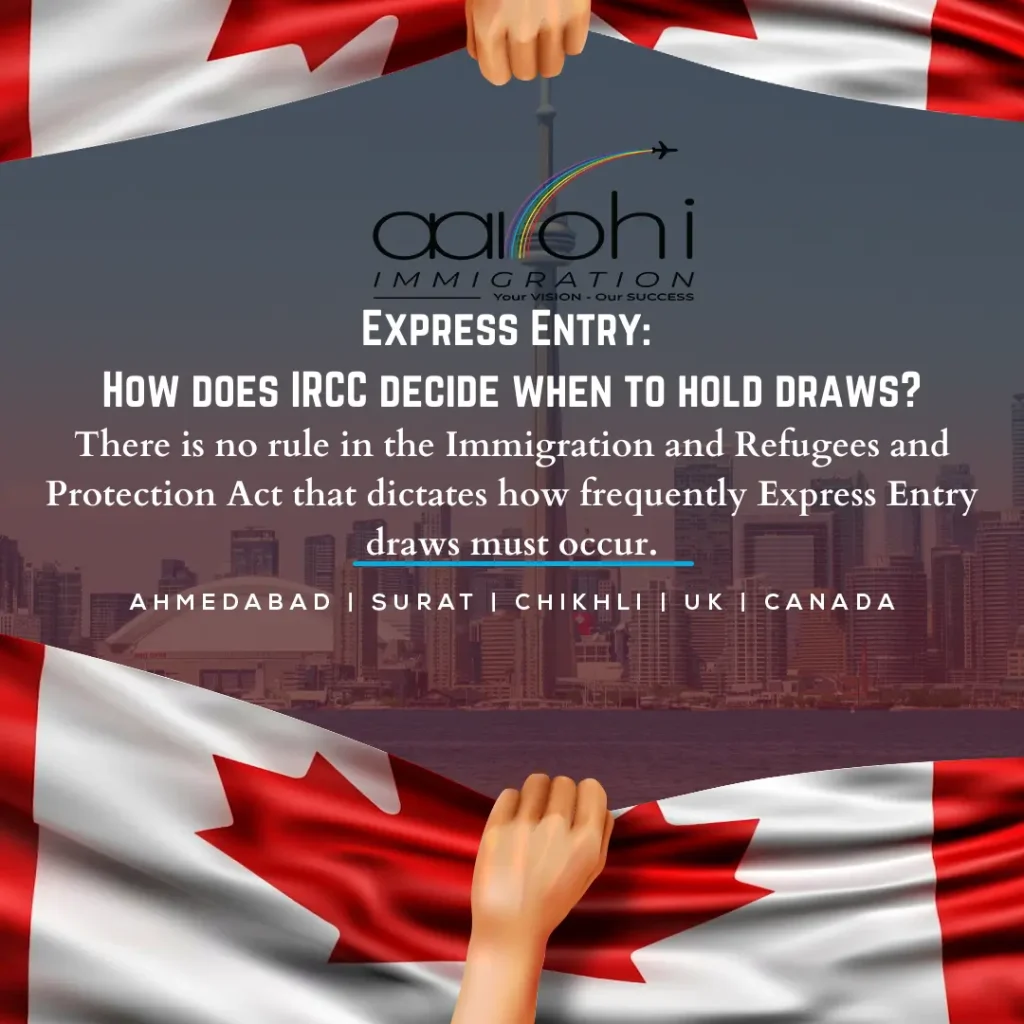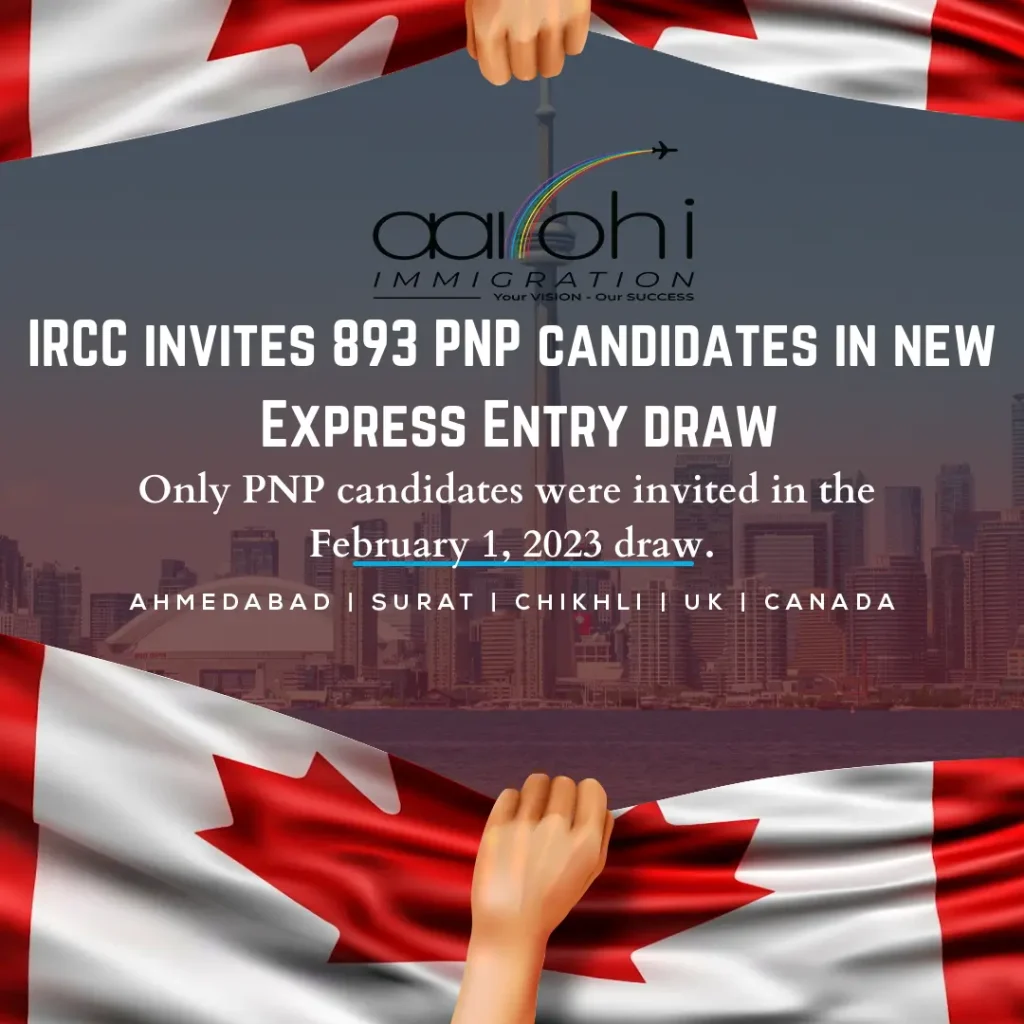We are back with another Regular Canada PR Visa News Update for Canada PR immigration applicants planning to migrate to Canada.SWEC beleives that The best guide who can help you with this question is your Canada PR visa consultant. Irrespective of whether you are looking for a dependent visa, student visa, visitor visa, or any other services like Online IELTS coaching, a best Canada immigration visa consultant can give you proper information based on experience.
The Canada PR Visa outllook is in demand as per the most recent census revealed that immigrants now make up their largest-ever share of Canada’s total population (23%), besting a record that had previously been set 100 years ago.
There has been a change in routine surrounding Express Entry draws of late. Typically, the draws take place every two weeks on Wednesdays. However, Immigration, Refugees and Citizenship Canada (IRCC) recently paused draws for six weeks starting November 23 and returned on January 11 inviting 5,500 candidates followed by another draw of the same size a week later.
There is no confirmed explanation for the change in routine. In an email to CIC News, an IRCC spokesperson implied that the pause was due to a system glitch caused by the implementation of NOC 2021, saying, “Technical issues with the implementation of the new classification system on November 16, 2022, had adverse implications for the November 23, 2022, Express Entry invitation round. These technical issues, while a great inconvenience to IRCC clients, have since been resolved. A round of invitations for Express Entry was successfully implemented on January 11, 2023.”
The department says IRCC is resuming more regularly scheduled Express Entry invitation to apply (ITA) rounds. However, the unexpected pause and following draws in quick succession are so out of character for IRCC that there has been speculation on how IRCC decides on the frequency of draws and the number of candidates.
Immigration pathways under the Express Entry application management system target candidates from three programs; the Federal Skilled Worker Program (FSWP), the Canadian Experience Class (CEC) and the Federal Skilled Trades Program (FSTP). Candidates in these programs are considered highly skilled economic immigrants.
Eligible candidates upload their profiles to the IRCC website and receive a score under the Comprehensive Ranking System (CRS). Those with the highest CRS scores are the most likely to receive an invitation to apply for permanent residency.
Express Entry trends
Express Entry started in 2015 and has typically seen between 23 and 30 draws each year. IRCC created it with the objective of targeting potential permanent residents with in-demand skills who could quickly integrate into the labour market and bolster Canada’s workforce.
Most draws have been all program draws, with one or two draws exclusively for the FSTP taking place each year into 2019. In 2015 and 2016, all-program draws typically saw fewer than 2,000 candidates invited. This changed in 2017-2019 and it was common to have draws of over 3,000 candidates. The reason for this is IRCC was transitioning from its existing paper-based FSWP, CEC, and FSTP applications towards eventually managing all of the applications electronically through Express Entry. As part of this process, IRCC complemented its existing inventory of paper-based applications by gradually increasing ITAs until it made the transition towards the start of 2017.
In 2020 the COVID-19 pandemic caused serious disruptions to Canada’s immigration system as travel restrictions, border closures and the inability of employees to work in their offices caused a backlog of applications. In response, IRCC stopped holding draws for the Federal Skilled Worker Program (FSWP) and FSTP in December 2020. Draws continued for the Canadian Experience Class (CEC) until those were paused too in September 2021. IRCC continued to invite Express Entry candidates from Provincial Nominee Programs.
Even as draws became limited in terms of program, those that were still running occurred with regularity.
In July last year, Express Entry draws resumed for all programs and draw size increased every two weeks, while CRS scores dropped to allow a higher number of candidates to receive ITAs. By November 23, draw sizes were up to 4,570, the largest Express Entry draw since December 2020.
Rules that govern Express Entry
Frequency
As it stands in the Immigration and Refugees Protection Act (IRPA), no set law that dictates how often Express Entry draws need to take place. The frequency of Express Entry draws is entirely up to the discretion of the immigration minister and IRCC. The number of candidates invited, as well as the minimum cut-off CRS score is decided by the immigration minister through ministerial instructions.
The minister has a mandate to invite candidates based on Canada’s economic priorities to bolster the labour force. It is part of their job to:
- address chronic labour market shortages and positioning for the future; and
- support Francophone immigration and economic growth in Francophone minority communities.
The minister has the flexibility to issue ministerial instructions that the government believes will result in a positive impact on Canada’s workforce while also allowing the invited candidates to easily integrate.
Number of ITAs
Like all immigration pathways, Express Entry has a yearly target outlined in the Immigration Levels Plan. The target in 2022, listed as Federal High Skilled Workers, was 55,900. The target for 2023 shows a sharp rise at 82,880, meaning over the next year IRCC will need to invite more candidates to meet its goal. This goes even higher for 2024 when IRCC plans to invite 109,020 Federal High Skilled candidates.
The minister and IRCC need to examine these targets and plan for the number of candidates to invite, which also means deciding on CRS scores that are high, but not necessarily so high that it limits the number of candidates.
In short, there are no laws in IRPA that dictate any aspect of how Express Entry draws are conducted and it is entirely at the discretion of the government and immigration minister.
Changes to come for Express Entry
IRCC says starting this spring, candidates may be invited through categories that target attributes such as occupation, work experience, education, or language ability.
Since Bill C-19 received royal assent last June, IRCC has been working to create new draw categories for candidates in Express Entry programs. This is a major departure from the current method of inviting candidates based solely on a high CRS score. The immigration minister has said this will allow Canada to focus on economic priorities and sectors where labour and skills shortages are the most acute.
Candidates will still need to be eligible for an Express Entry program and upload a profile on IRCC’s website to receive a CRS score. Even in targeted draws, candidates with higher CRS scores will be more likely to receive an ITA.
It remains to be seen what impact, if any, targeted draws will have on draw schedules. In the face of rising immigration targets, it is most likely that IRCC will continue to hold regular draws.




